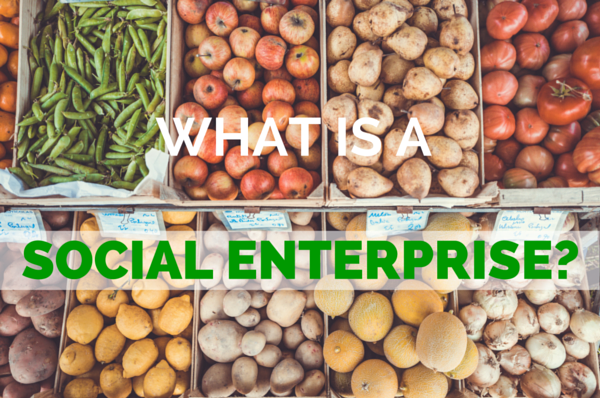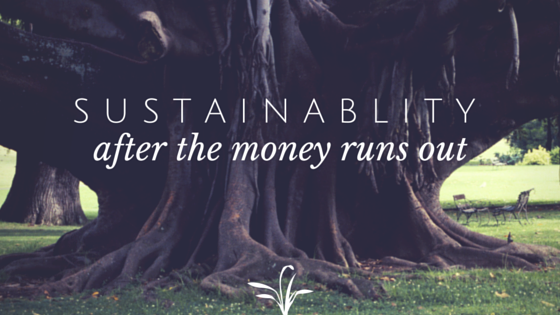Coins in the Can




This is a preview from our latest Grant Management series article, Model Purchasing Policies and Procedures: A Guide for Nonprofits, Governments, and Tribal Organizations, available for purchase here.
Preface
I. Introduction
Welcome to Model Purchasing Policies and Procedures: A Guide for Nonprofits, Governments, and Tribal Organizations. It has been more than 30 years since any organization has issued something substantially new concerning procurement for use by governments and nonprofit organizations. The question is why now? There are four reasons.

What does the term Social Enterprise remind you of? For me, I immediately go to Star Trek and the Starship Enterprise. But our Social Enterprise trainer and consultant, Rolfe Larson assures us that the term Social Enterprise has nothing to do with Star Trek.

Most people define sustainability as “obtaining funding to keep the program running.” That’s not quite right. It’s primarily about perpetuating the results that are being achieved. Sometimes sustaining outcomes requires that you continue the program or some part of it — but not always.

We all know what a grant proposal is. It’s a document we write and submit to private or government funders requesting money to support our organization’s work. Right? While grant proposals do indeed request funding, I think this standard definition falls short and points us in the wrong direction. Grant funding is a tool for making something better, and since the real goal is impact instead of money, I propose an expanded definition.

The energetic and imaginative changemakers who staff nonprofits are full of great ideas. They’re constantly coming up with ways to make things better and looking for grants to support their vision.
Since reading a 2010 paper by Howard Husock published by the Philanthropy Roundtable, I’ve had this question on my mind. Ruth McCambridge of the Nonprofit Quarterly raised it again not too long ago in a LinkedIn group (Readers of the Nonprofit Quarterly), and I was compelled to peck out a quick reply on my iPhone while waiting for a 6 am flight home from McAllen, TX, where I’d been teaching (yes, there were typos).

In the field of fund development, grants aren’t all that well respected. Once, after I was well known for bringing in millions of grant dollars, a local fund development director recognized me as “the woman who raises all the junk money.” Junk money?
Fund development professionals focus on individual giving because it’s the largest piece of the philanthropic pie. Individual giving represented about 73% of all giving in 2011, and 81% if you throw in bequests–the dollars total about $242.20 billion. Fund development professionals also focus here because the dollars are generally flexible, renewable, and growable. Individual giving done right can be the beanstalk to the golden eggs that just keep coming. I get that.

Our vision for this blog is simple—to present the best thinking in the field of grant development—what we call grantsmanship.
First I want to establish The Grantsmanship Center’s footing because, historically, we’ve got a lot to live up to. Norton Kiritz established The Grantsmanship Center because he was deeply concerned that nonprofits making valuable social contributions had trouble getting grants. Norton began teaching proposal writing when no one else was doing it. In 1972, he founded The Grantsmanship Center because it needed to be done and no one else was leading the way.